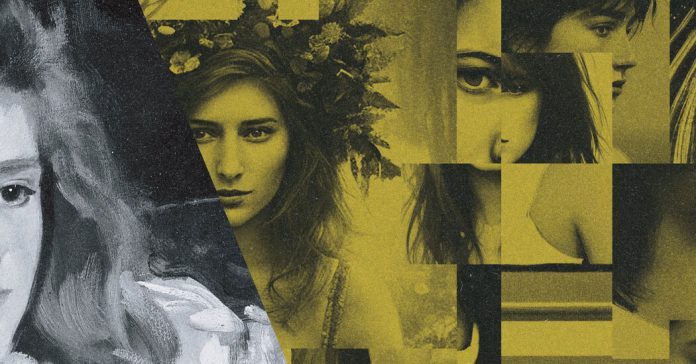One factor about inhabiting a face is that we are able to by no means fairly see it the best way others do. Mirrors give us a reversed picture. Pictures freeze us in time at odd angles and, generally, in pitiless element. Staring right into a telephone digicam, preening to verify our make-up or undereye circles, offers us a hyperreal mirror, however this, too, is distorted and reversed. Even video doesn’t fairly seize us for ourselves, for the straightforward cause that we can’t watch ourselves objectively. We’re trying too carefully; perhaps we’re vital, or perhaps we’re grateful that we turned out to look a sure manner. We can’t merely take inventory of how we would look to another person.
The Rise of OpenAI
The San Francisco firm is among the world’s most formidable synthetic intelligence labs. Right here’s a have a look at some latest developments.
That is a part of the attraction of portraiture. It’s not the target actuality of who we’re however a model of how another person sees us, translated onto the web page or the canvas. It all the time astounds and strikes me to suppose, whereas in artwork museums, that earlier than pictures, the one easy approach to see a static picture of your self was via the comb or the pen or the chisel, essentially filtered via one other individual’s artistic intelligence. Standing in entrance of John Singer Sargent’s portrait of Gretchen Osgood Warren and her daughter, we see not simply what they may have appeared like however the particular issues Sargent noticed: the excessive pink of Warren’s cheeks, the dreaminess of her daughter’s expression, the silvery pink of her gown, the candles behind them fading in paint strokes into the background. The way in which her scarf trails off to the ground, grey and obscure, is one thing solely Sargent might need seen and painted.
Cameras have steadily made it unexceptional to see pictures of ourselves, however there’s nonetheless one thing magical about having one other individual pay this type of sustained artistic consideration to you. That is a part of why folks pay for boardwalk caricatures and fee portraits of themselves in oils. There may be actual enjoyment of seeing how another person sees us, experiencing a wierd, perhaps tenuous reference to their creative imaginative and prescient. Or, maybe, with their consideration: A portrait, in spite of everything, is the fruit of intense aesthetic focus, and what may very well be extra flattering than having that focus fastened on your self?
Lensa borrows, in an impoverished manner, from that attraction. However in fact these pictures are usually not how one other individual sees us. They’re the bare eye of an inhuman intelligence, combining options mathematically, lips and nostril and eyes added up into an approximation of you. There may be not, I believe, actual potential for magnificence right here — not as a result of the photographs are produced algorithmically (I consider it’s potential for computer systems to create compelling art work), however as a result of the avatars appear to me to fulfill neither realism nor artistry. They reside between the 2 and are largely good for evaluating, as soon as once more, variations of how we would look. Their model mimics fantasy characters, comedian books and heroes, imagining you right into a flattering highlight — however even on this they fail to raise you particularly, as a substitute sliding your picture into generic visible tropes. You can be anybody, and actually, you’re!
The elemental attraction of apps like that is, in fact, to our personal self-involvement. A lot has already been stated about the best way the web fuels self-obsession by pushing us to carry out for others: On Fb, folks announce banal life developments and political views; on Instagram, we interrupt our enjoyable to point out others how a lot enjoyable we’re having; on Twitter, we mine our private lives for laughs. However there’s additionally one thing to be stated about how digital instruments can perform like fun-house mirrors, feeding an entirely non-public fascination with ourselves. I can’t assist watching Lensa’s hundred semireal variations of my face. (Truly, 110: There was a bonus of 10 “Vacation Spirit” types, together with one wherein I stared down moodily whereas carrying a Santa hat.) I didn’t share these avatars with others. Even those that did submit theirs shared solely a fraction of what was produced. These pictures appeared meant to be marveled at in non-public. They’re just like the lists folks submit of the 12 months’s finest moments, or recollections of desires — issues that, even when shared with others, are all the time extra attention-grabbing to ourselves.


